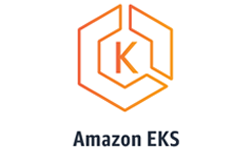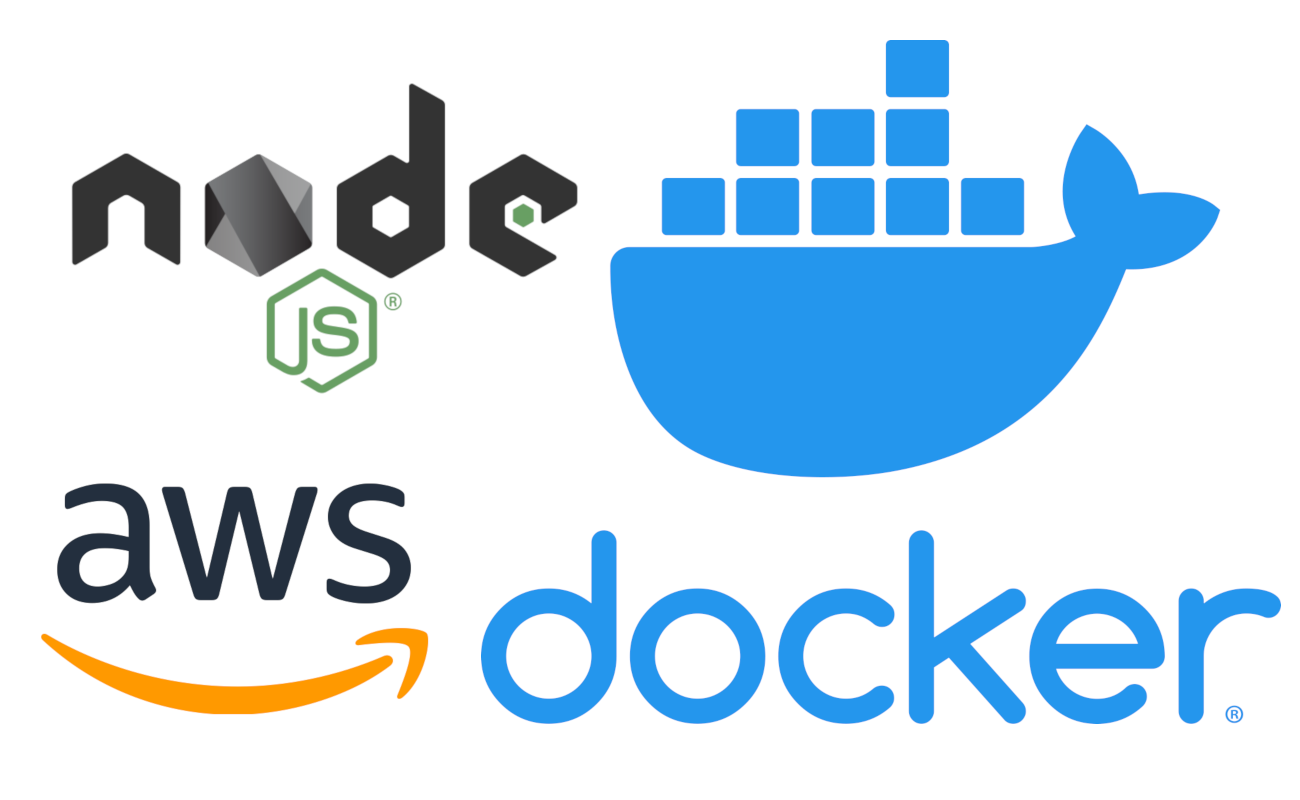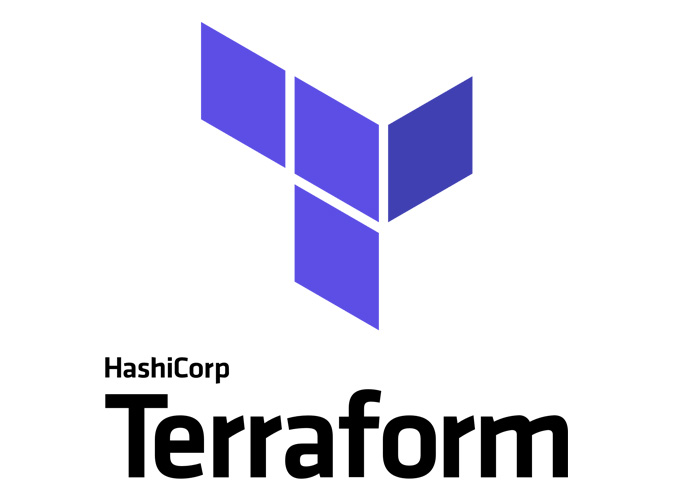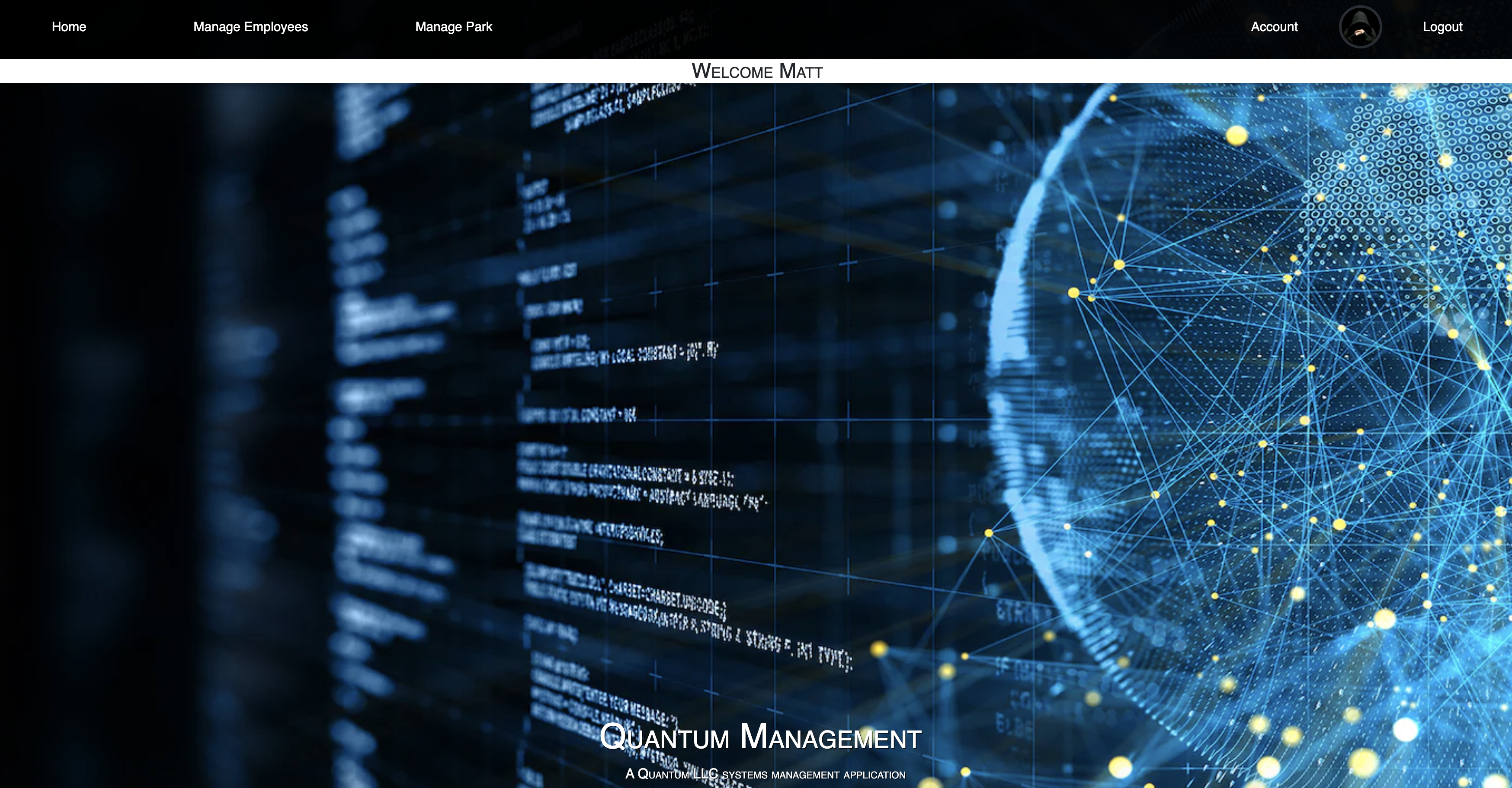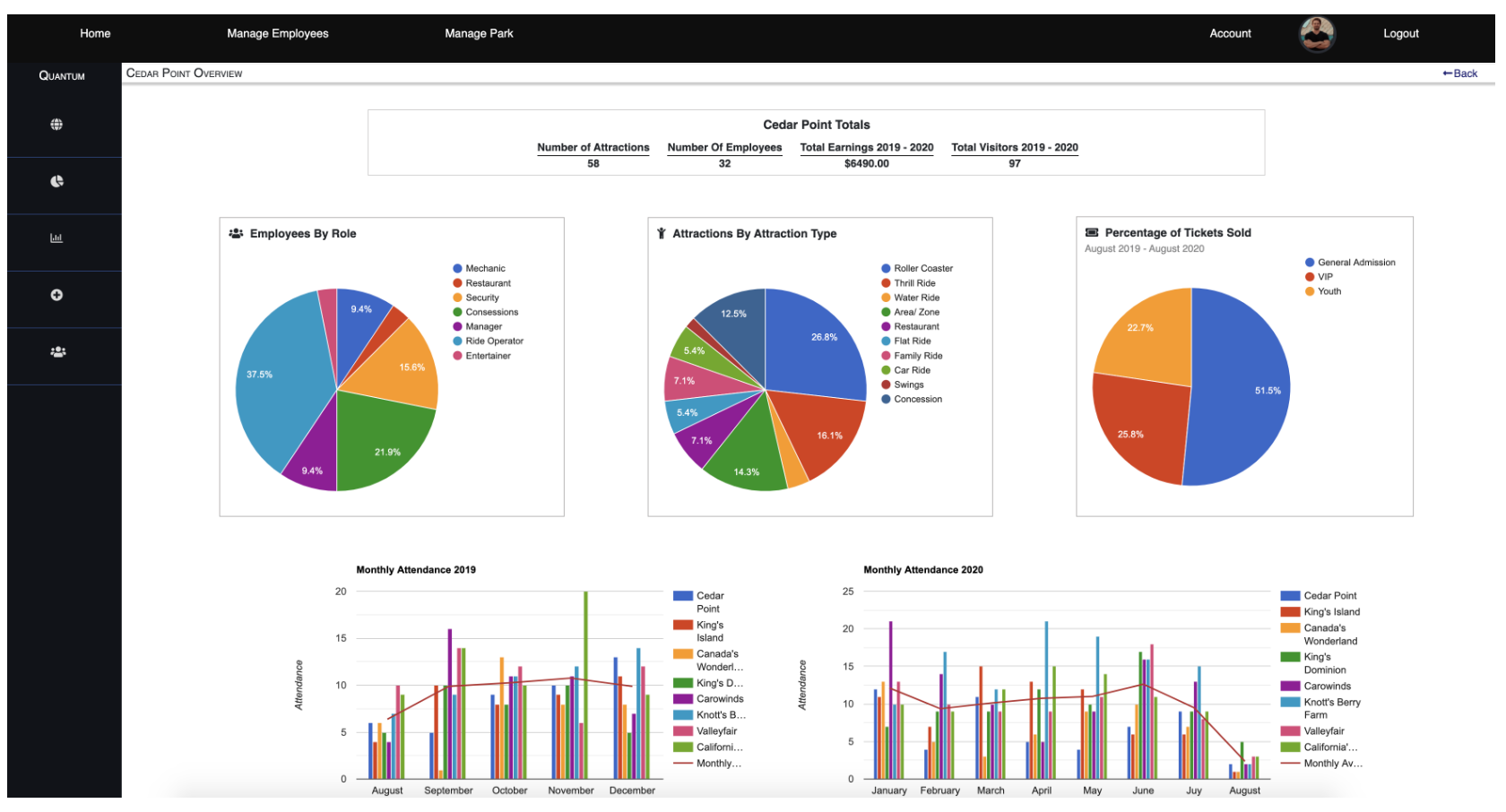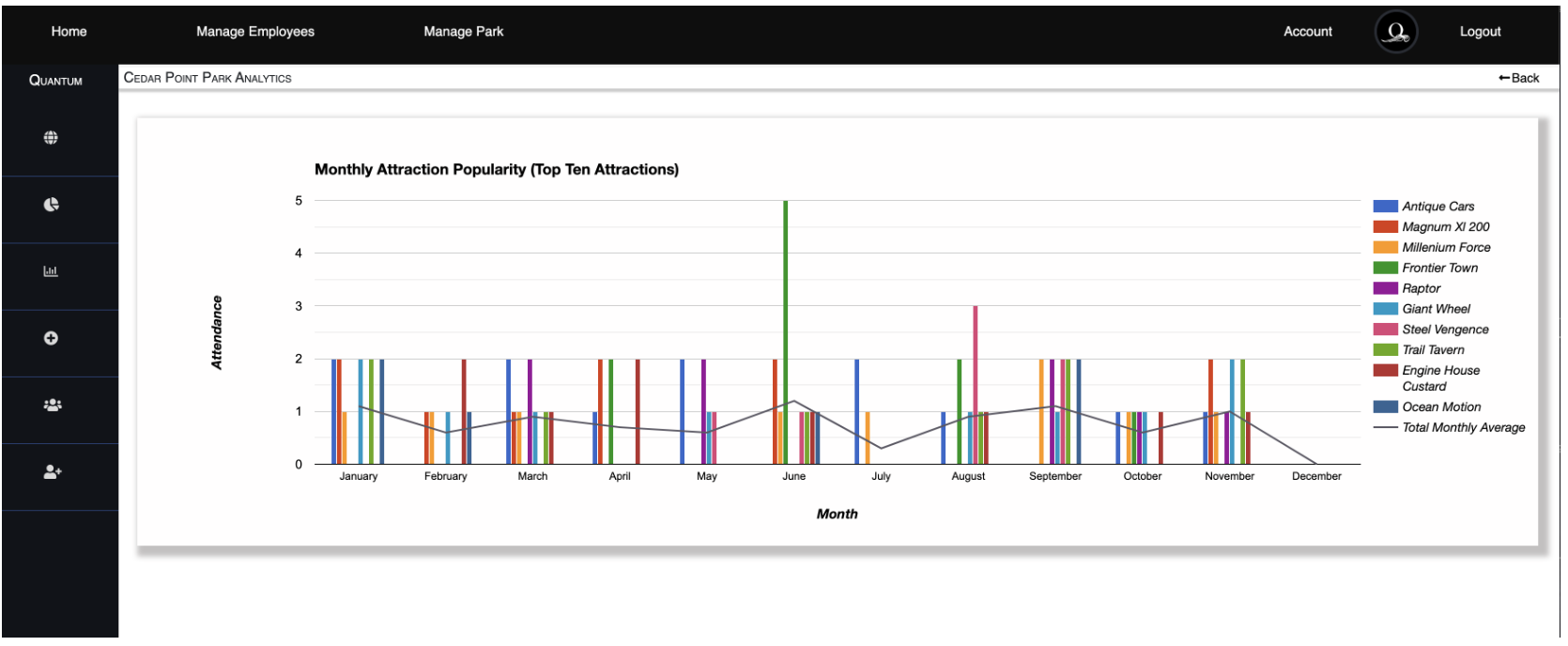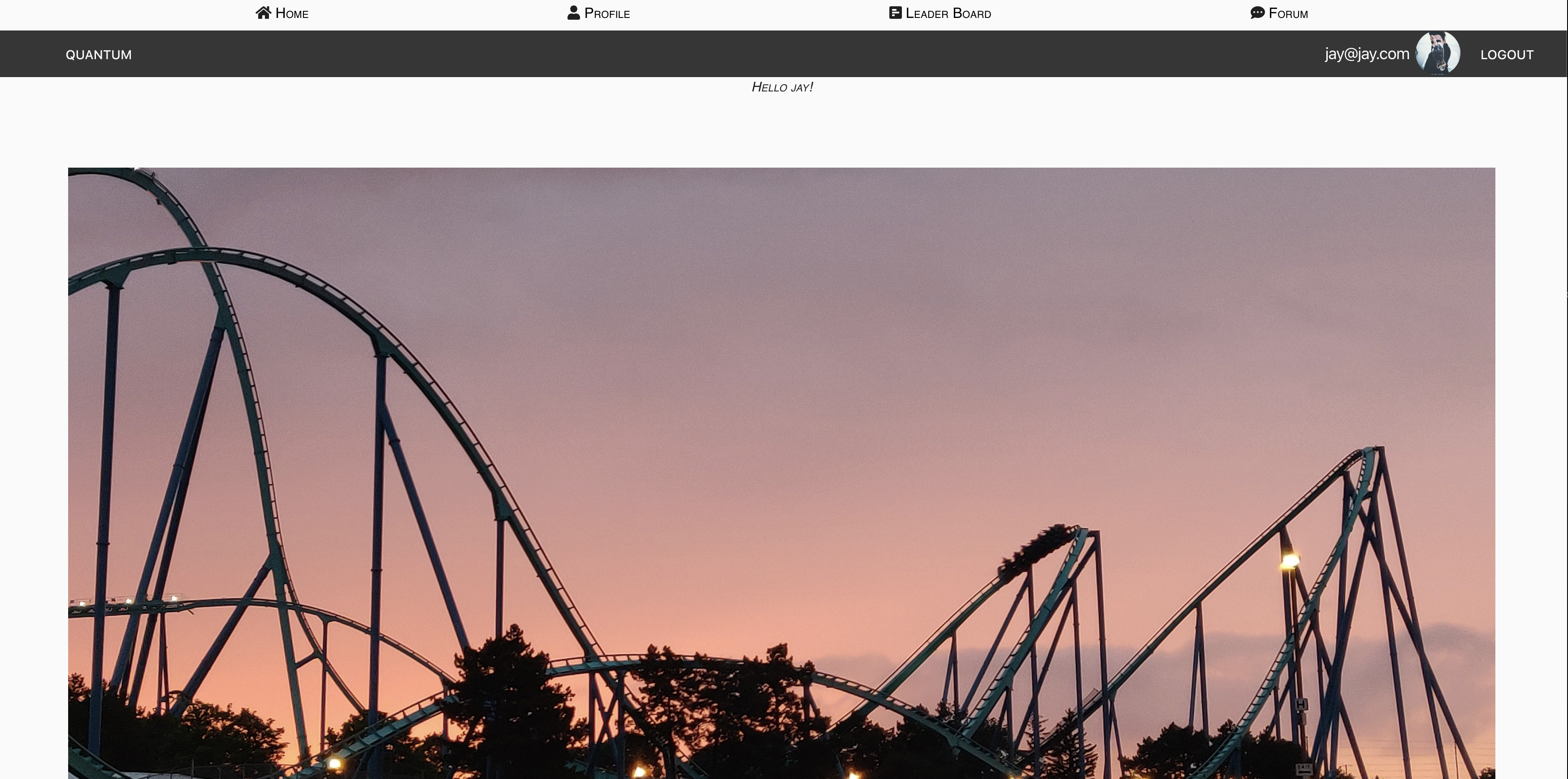
Quantum Coasters
As a roller coaster enthusiast, this project exemplifies my fullstack skills as a engineer. My goal was to build a platform and one-stop shop for roller coaster fans and other enthusiasts to track their coaster credits, as well as provide many other options and services. Quantum Coasters also encompasses a thorough, usable, crowd sourced API/ Database of roller coaster information and locations, as well as being an interactive application where users can view/ record their credits, see a live leaderboard, plan their next theme park visit with the custom integrated calendar, read the latest theme park news by accessing the Quantum News, and message/ chat with other users either in a public forum, group chat, or private message.
Quantum Coasters is a miro-services architected application with a React Client, Django full-stack application, third party Authentication and Management API, and Django RESTful API. Auth0 is used for authentication and authorization, and is fully integrated across all services Quantum has to offer, allowing for a Federated user to have a SSO experience. Please see ReadMe on Github for more details as well as list of technology used. Django Rest API repo here.

